.png.transform/rendition-xs/image_image%20(1).png)
Green Spain
Green Spain’s cool and misty climate necessitates a focus upon earlier-ripening grapes, especially white varieties. Aromatic varieties prosper, with Albariño the most visible success in international markets. Grown along the coast, or along the rivers that give Rias Baixas (“lower fjords”) its name, Albariño is the dominant grape; it can vary from crisp and tangy to round and peachy. While Treixadura and Loureiro grow there too, Rias Baixas’ single-minded focus upon Albariño has fueled a drive that has seen the U.S. become the region’s number one market.
Other white grapes fill the vineyards moving inland; the rich and even complex Godello grape rules in Valdeorras (the “valley of gold”, reflecting Rome’s interest in the place 2000 years ago). Godello, Treixadura and others serve the regions of Monterrei and the picturesque DOs of Ribeiro and Ribeira Sacra. But away from the coast temperatures rise, so red grapes do well too; the Mencia grape is arguably northwest Spain’s best red. Its lip-smacking raspberry tones and floral aromas are fun and bracing.
Thus far, the grape’s top iterations are found on the precipitous mountainsides above the town of Bierzo and the steep banks along the Sil River in Ribeira Sacra. The vineyards plummet downward; wine produced from old vines there is as dramatic as the view.
Green Spain’s vineyards extend all the way to Basque Country, often backing into the Pyrenees or the Sierra Cantábrica, sheltering more famous wine regions such as Rioja. Climatic challenges are a consistent theme, as is the reliance upon tangy, tart wines ideal with the shellfish and seafood from the well-stocked Atlantic Ocean. But Txakoli wines are shockingly tart, lemony, and even spritzy. Waiters will pour your wine from high above the glass to emphasize the fizz. Light in body and alcohol, Txakoli wines go down easily at the table or on a sunny afternoon.
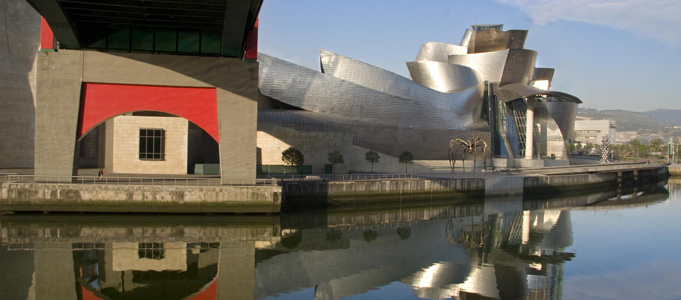
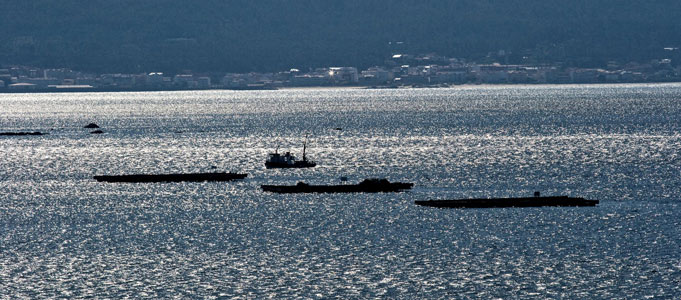
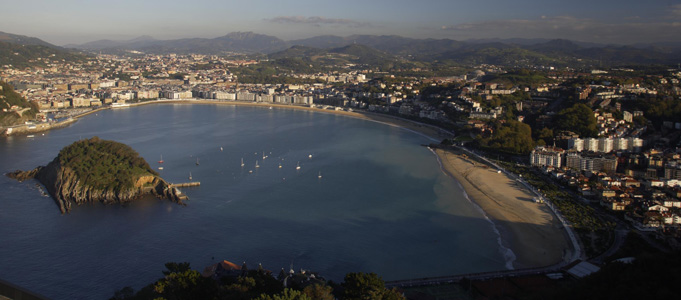
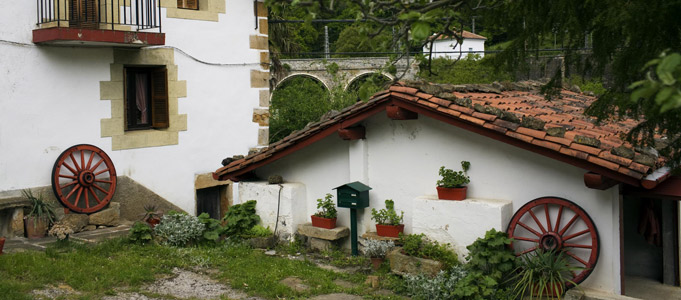

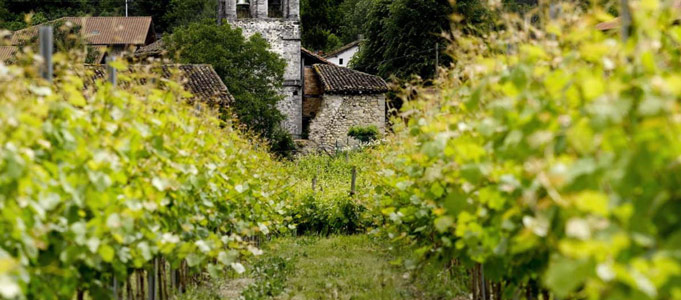
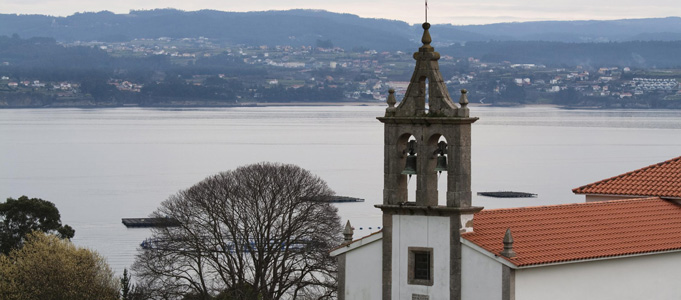
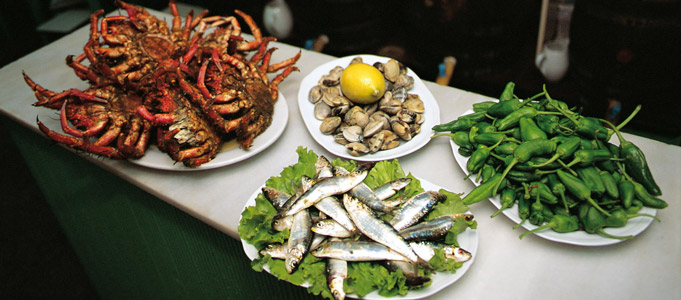
- Green Spain
- Green Spain
- Green Spain
- Green Spain
- Green Spain
- Green Spain
- Green Spain
- Green Spain
